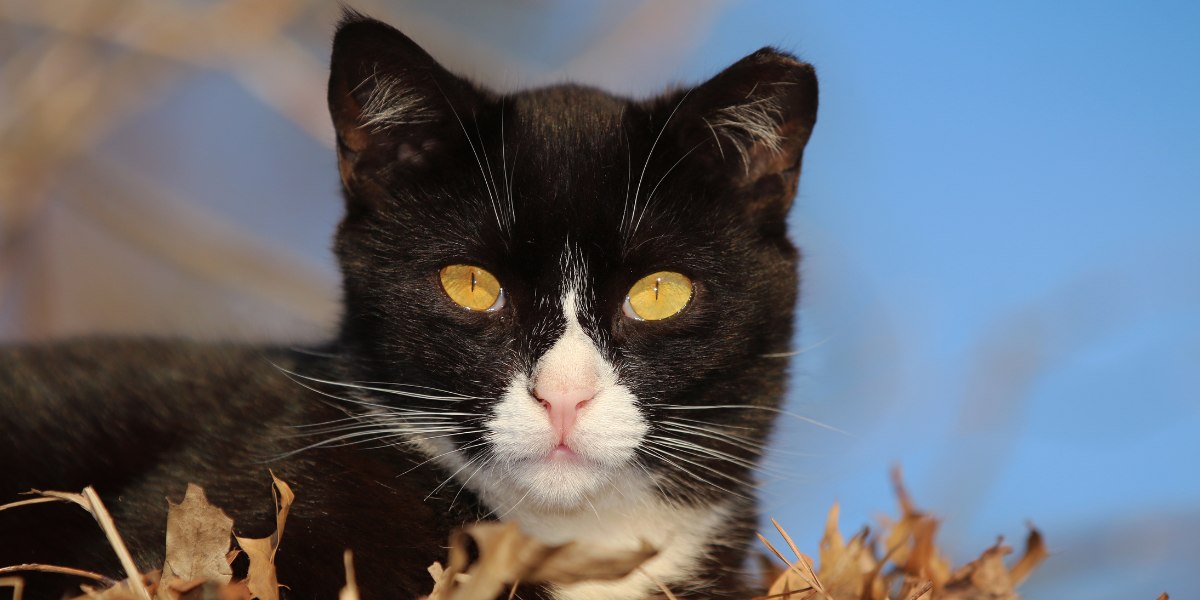
Feral cats hold a special place in the hearts of many cat lovers across the globe. These kitties don’t rely on humans to get by, but many humans with a heart for cats in need make the conscious effort to try and give these cats a chance at a better life.
Through TNR efforts and caring for and feeding feral cats, these cats have proven to us just how resilient they are. Keep reading to learn facts about feral cats—some of which you may not have known…
1. TNR Makes a Huge Difference in the Lives of Feral Cats
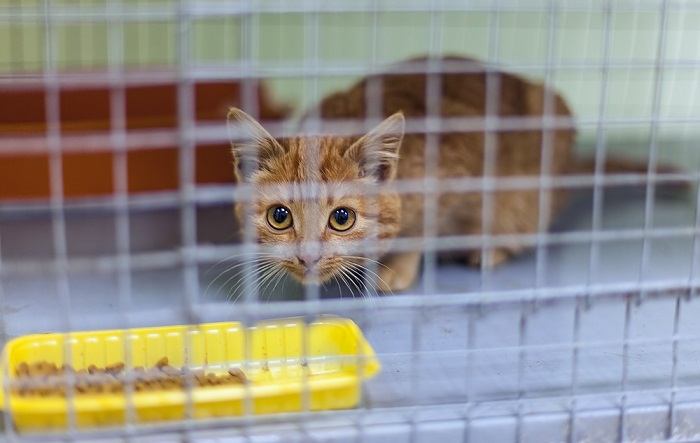
Cats that are feral are naturally untrusting of humans.
Cats that are feral are naturally untrusting of humans. But, when kindhearted humans make the effort to Trap-Neuter-and-Return these cats back to their feral cat populations, it makes a huge impact by significantly reducing the number of unwanted litters of cats. How much so? Well, it’s said that in just seven years, two unfixed feral cats can produce up to 420,000 kittens.
2. Oftentimes, Feral Cats Do Not Meow
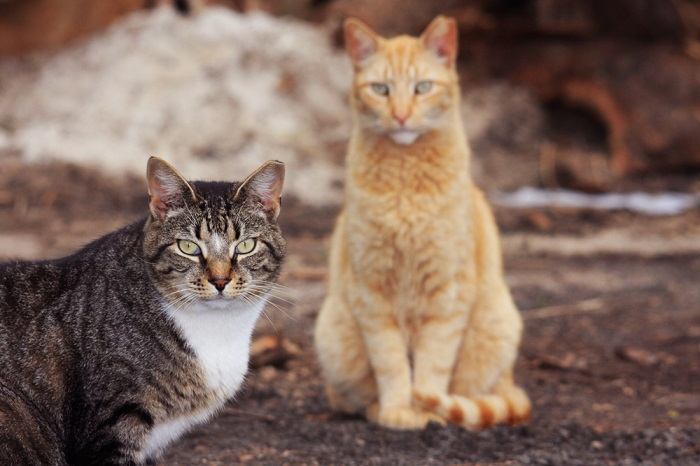
They make many cat sounds, but feral cats do not typically meow.
Despite what many cat lovers might believe, cats mainly use those plaintive meows to communicate with humans—not each other. That said, this is the main reason you often will not hear feral cats meow. They make many cat sounds, but feral cats do not typically meow. They do not cohabitate with humans, so they never learned to meow to express their wants and needs to people.
3. Although They Are Wild, Feral Cats Are Still Technically Domesticated Cats
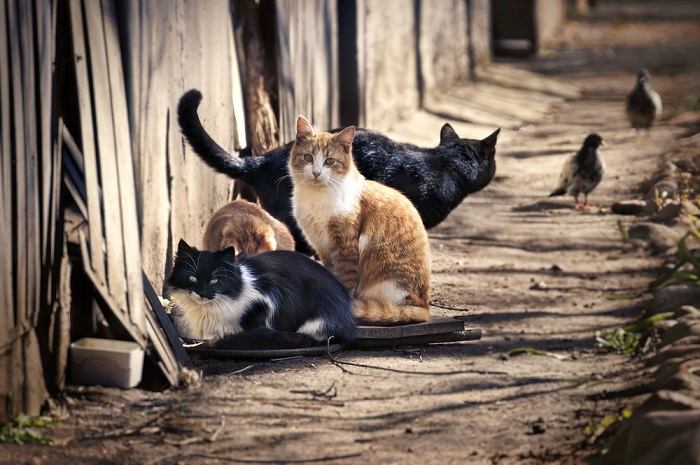
While a feral cat isn’t going to cozy up on your lap while you’re reading a good book, these felines are still considered to be domesticated cats.
While a feral cat isn’t going to cozy up on your lap while you’re reading a good book, these felines are still considered to be domesticated cats. Just don’t go try to pick one up or pet them if you see them, because you will scare them and a cat scratch from a feral cat can often lead to a nasty infection.
4. Feral Cats and Stray Cats Are Two Totally Different Types of Cats and Will Behave as Such
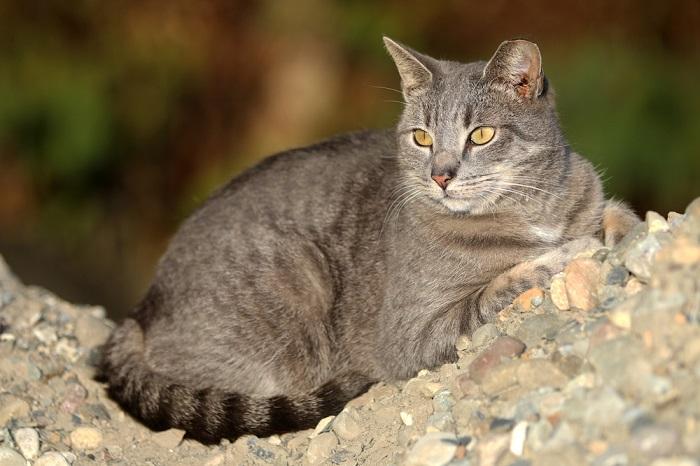
It’s important to note that feral cats have had zero to very few interactions with humans in their life.
It’s important to note that feral cats have had zero to very few interactions with humans in their life. Whereas a stray cat once had a home and is naturally curious about humans given their previous interactions with them.
5. Male Feral Cats Often Have Very Large Heads
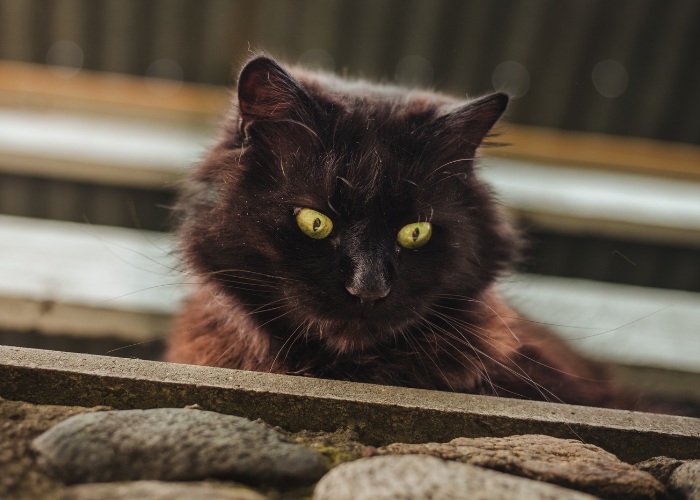
Male cats which are desexed before reaching maturity will not have that alley cat look of a cat with a large, blocky head.
Male cats which are desexed before reaching maturity will not have that alley cat look of a cat with a large, blocky head. Cat hormones are what create this pronounced appearance, and it’s suggested that these larger heads help to protect feral cats during territorial battles with other alley cats.
6. Feral Cats Are Accustomed To Living Outdoors and Prefer Things To Be This Way
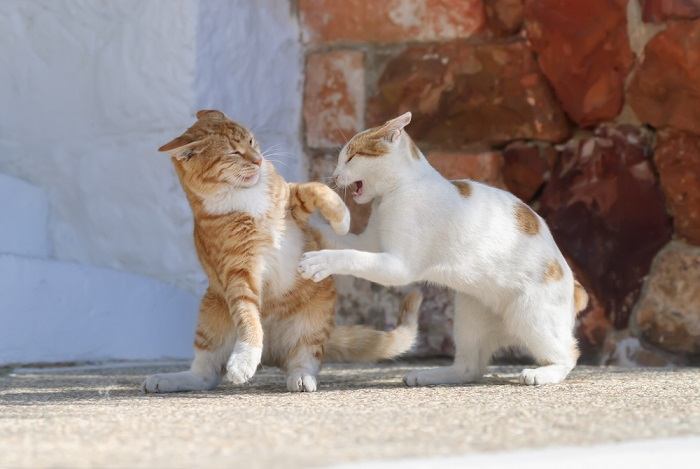
Feral cats might be small, but unless someone is leaving food out for them, they must hunt in order to survive.
In the wild, cats live outdoors. Feral cats might be small, but unless someone is leaving food out for them, they must hunt in order to survive. And because of this need for survival, this is why feral cats are content with living outdoors. It just comes naturally to them as it’s the only life they’ve ever known.
7. Feral Cats Can Be Just as Healthy as Indoor Cats

Feral cats can survive in a variety of landscapes.
With the proper nutrition and habitat in which to retreat from predators and humans, feral cats can often lead healthy lives. In fact, feral cats can survive in a variety of landscapes.
8. An Animal Shelter Is Not a Good Place for a Feral Cat
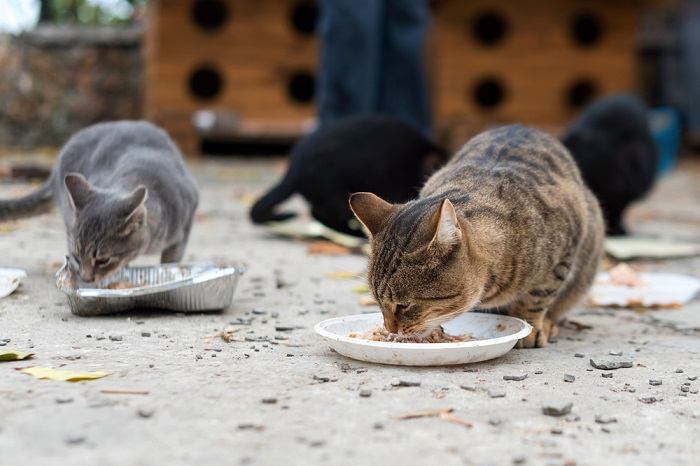
As we mentioned above, feral cats might be domesticated in the technical sense of the word,
As we mentioned above, feral cats might be domesticated in the technical sense of the word, but it must be known that these cats should be respected for the wild animals that they are. With that being said, these cats do not want to be held, petted, or handled by humans at all whatsoever.
This is why trapping them and trying to surrender them to a shelter is not an ideal thing to do to help them. Sadly, many cats which arrive at shelters will be euthanized due to limited funding and overcrowding. And surrendering a feral cat which is often deemed unadoptable often seals this fate.
9. Feral Cats Will Appear Well-Groomed With Nice Coats, Whereas Stray Cats Will Appear Unkempt and Disheveled
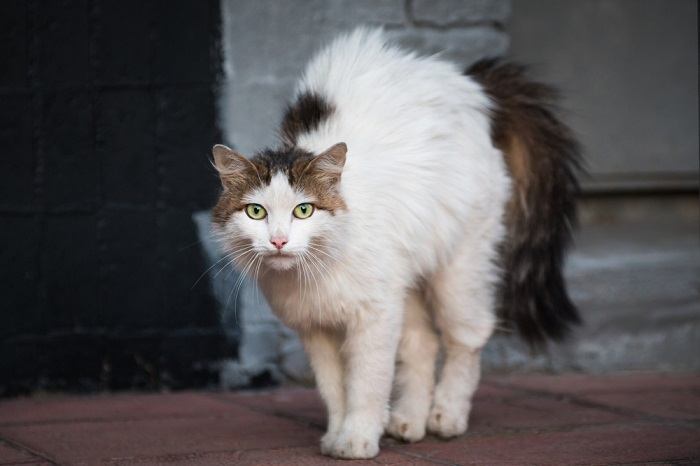
Feral cats, however, will appear well-groomed, with shiny coats that are well cared for.
Life on the streets is very rough on a stray cat who once had a roof over their head and always knew where their next meal was coming from. And their coat certainly reflects their desperation. Feral cats, however, will appear well-groomed, with shiny coats that are well cared for.
10. Feral Cats Can Be Tamed With Patience, Understanding, and Love
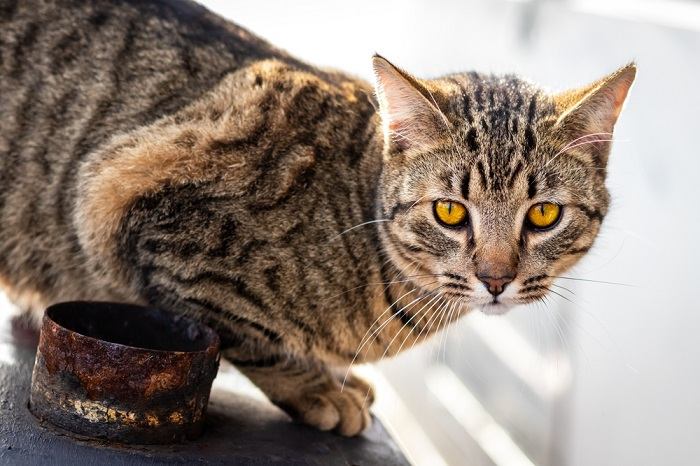
There are countless heartwarming stories of feral cats being tamed and going on to live out the rest of their nine lives in a pampered state.
There are countless heartwarming stories of feral cats being tamed and going on to live out the rest of their nine lives in a pampered state. Curious about what steps to take in order to tame a feral cat? Read up on that here.
11. Feral Cats Are Skilled Hunters
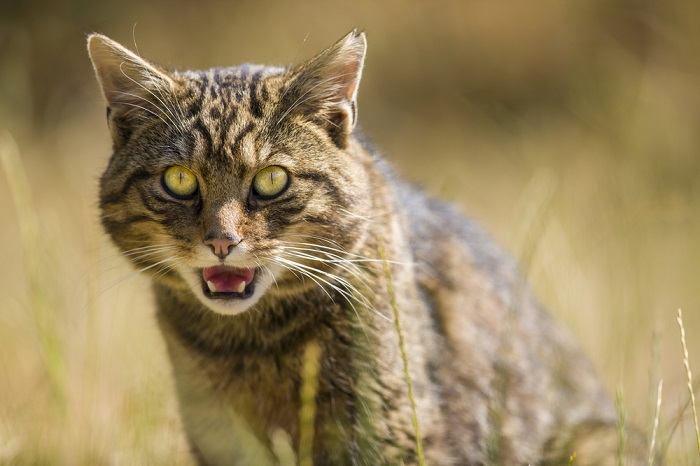
Feral cats will do what they need in order to survive, and both male and female feral cats learn to become skilled hunters from an early age.
While you might share some of your cheese, yogurt, or cat-friendly fruits with your kitty cat, feral cats live on a diet that consists strictly of animal protein if they are not grazing on cat food that’s been left out by humans. Feral cats will do what they need in order to survive, and both male and female feral cats learn to become skilled hunters from an early age.
12. Feral Cats Often Yowl at Night
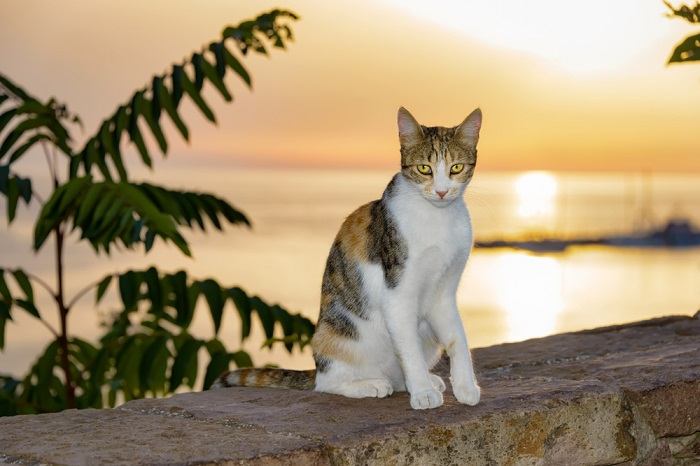
Feral cats are notorious for the loud sounds they make when the sun goes down.
If you’ve ever heard a cat in heat, then you know exactly what cat yowling sounds like. Since feral cats are often unneutered/unspayed, their hormones are strong and encourage them to seek out cat partners. Feral cats cry at night because they are in pain, hungry, fighting other cats, or simply because they are bored.
13. Feral Cats Are Incredibly Territorial
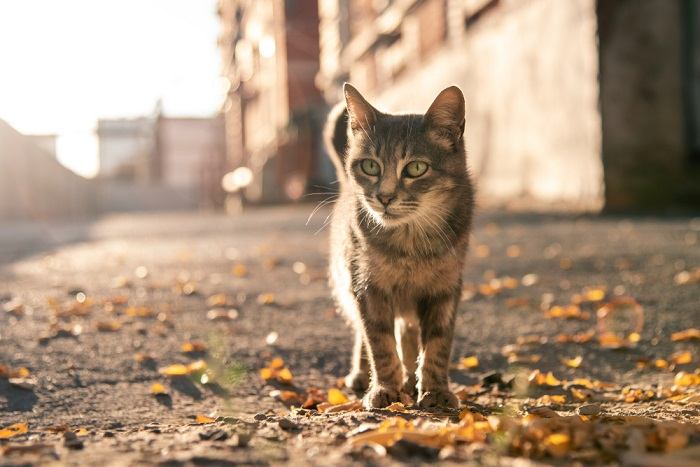
Feral cats rely on this territorial behavior as a way of telling other feral cats in their area to keep away or there will be consequences.
One thing that feral cats are often well-known for is cat spraying. And feral cats rely on this territorial behavior as a way of telling other feral cats in their area to keep away or there will be consequences.
Once a feral cat establishes their home turf, they take things very seriously and are ready to defend their area on a dime. In addition to spraying, feral cats are quick to display classic aggressive cat behavior, such as hissing, scratching, growling, and biting.
14. Feral Cats Are Often Classified Into Three Categories
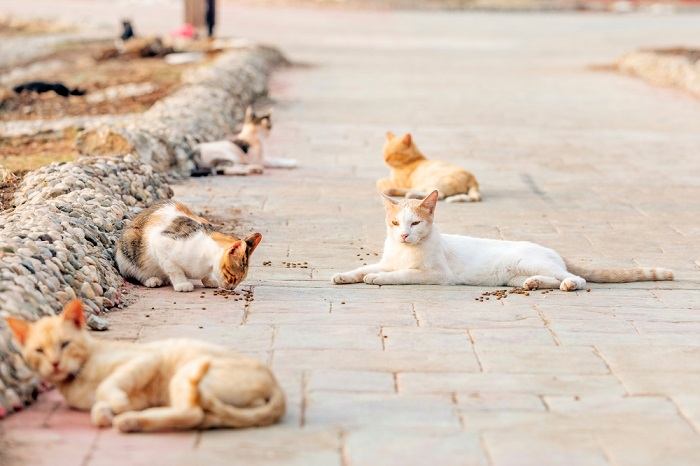
Animal rescue experts categorize these wild house cats into three distinct groups: feral, semi-feral, and socialized.
Classifying feral cats is simple. Animal rescue experts categorize these wild house cats into three distinct groups: feral, semi-feral, and socialized.
15. Feral Cats Are Afraid of Humans for One Very Specific Reason
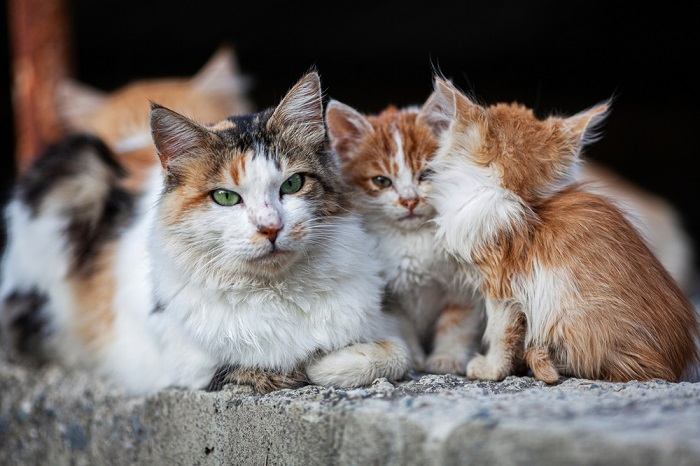
For feral kittens, they have no interaction with humans during this pivotal stage in their early life.
When cats are kittens, this period of their life is crucial for social development. From three to nine weeks of age, domesticated kittens learn socialization—and that humans are a good thing. For feral kittens, they have no interaction with humans during this pivotal stage in their early life. Thus, why they are naturally untrusting and wary of humans.
Wondering what’s the best way to feral cats? Offer them cat food! If you’re not sure which is the best to choose, check out this article here on Cats.com which details them for you.





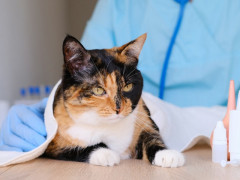
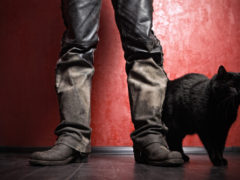
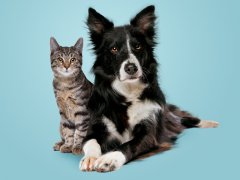
I have a Feral Cat Colony of about 20 cats. I’m licensed by our city animal control. You left out that the TNR program cuts the tip off one of the cats ears once it has been nuetered That way you know when a new cat shows up whether it needs to be nuetered/get shots. Or not. I found eating apples & carrots is good for cats. My Ferals are very healthy & have beautiful coats. I put that on top of dry food along with wet food. Nice article.
In 2011 there was a wild born feral that roamed our neighborhood in Fl. After several months of seeing her we began to feed her early that year. She was a b/w Tuxedo and very terrified of any human and would run at the sight of one. We had our home up for sale and we could not just up and leave her as she depended on us for food. We borrowed a cat trap from a rescue and it took 3 tries to get her. Poor thing was so scared in the trap as she did not know what to think. What she did not realize we were going to change her life for the better in so many ways. We took her to the vet as soon as we trapped her and gave our vet a heads up before we came. Got her fixed and examined, shots. We kept her (Sox) for 5 months in a 1/2 bath where she had windows in there, we put a condo in also so she could see out and I would spend a lot of time w/ her daily to help get her used to a human. We moved out west in 2 cars and we had 4 other fur babies at the time also. All are indoor only. After we moved out west (2600 miles) it took Sox a few yrs to trust us and she did and she became such a sweet girl and she always got along w/ our others. She got to the point where she would flop on here side when she saw me coming w/ her paws on her chest. She never wanted us to touch her but she was never mean, tried to bite or scratch us. To be able to get her to the carrier for a vet visit we closed all of the doors in the house and coral her towards an open carrier. Unfortunately we lost our precious Sox Dec. 3, ’22 and she was 2 yrs old in 2011 so we figure her age at her as 14 yrs of age. She passed from kidney disease/hyperthyroidism. We had the Lap Of Love come over to help her to the Rainbow Bridge. She was so sick that day I was able to pick her up and I kissed her all over. We love and miss her so much as she was very Special to us. We have since lost all 5 we brought w/ us from Fl.
I am so sorry for your loss. I just lost 2 of my oldies this past week and it is killing me. It never gets any easier. We are in the process of moving a feral cat colony from my husband place of employment to our property on 10 acres. It has been hard but very rewarding. They do need help and more people need to be educated about ferals.
You conveniently left out one huge glaring issue regarding these wild cats; how much wildlife they kill each year. Because people are irresponsible, the natural wildlife in any areas with feral cats is decimated. Song birds disappear along with other small game animals. Spaying a killer cat does not reduce the amount of carnage left in its wake.
Sure feral cats kill birds, but they also kill rodents that sometimes get into our homes. Who are we to say what their diet should be.
Well….birds are great but they also carry diseases that can be transmitted to other fowl like chickens so there are pros and cons to everything. And if you feed ferals they will not decimate anything!!
Yes, Matt. Like you eat steak, bacon, well, you get what I’m saying. So someone outs a cat they decide they don’t want anymore. What is it supposed to do? Go to the local salad bar to try to survive? And small game is considered prey; it provides necessary food for survival. Sure, less small “game” for people to have fun shooting but what’s a cat to do?????
Fact is: humans have decimated & eradicated populations of birds & wildlife of all sizes and stripes through our unrelenting poisoning & constant pollution of our planet.
Hell, we the people pay impoverished nations to take our trash! What that does to the innocent animals in those environments is absolutely obscene.
We are the most destructive species on earth & are responsible for species eradication worldwide.
When all is said and done, I hope our planet survives our onslaught.
I snatch my ferrel cat, Socks, from under my neighbors ground level wood deck 2006 when he was about 3-4 weeks old. Brought him inside immediately withm family and our beagle. Our beagle was dog that barked at everybody and pulled on the leash to go after them. I put Socks down in the kitchen. Cam, the beagle, went nuts barking, but Socks ignored him like he didn’t exist, walked by him and went to the seçond floor. Socks and Cam became instant friends. November 2024 Socks is still with us.
I got 5 feral cats a mother and her 4 kids trapped and neutered. I feed and shelter 4 outside. I can pet 2 males but not 2 females . The other male became attached to me and followed me in my house. Loves it here. He’s also attached to my 14 year old cat play sleep eat together. Oh and wash each other. The only thing is, is they are afraid of everything but I try to be patient with them. And most of the time will come when I call them to get feed. And they do meow, especially to each other. They were all born outside and never in a house. And they are good hunters. Love them all.
The information presented as well as the following comments were excellent. Thanks for sharing!
So glad you thought so! Thank you.
Feral cats are a bane to wildlife, especially to birds. Roaming cats destroy hundreds of millions per year. Also, a spayed or “fixed” cat still has to eat and is just as dangerous to bird life as a cat with original equipment. They should be “humanely euthanized” whenever possible. Along your train of thought, some folks think rats are cute.
If you get the females early, while fixing them, the vet may abort the babies. But please trap them and fix them. I know it is hard. I cannot catch my own, never seen the outdoors ferals, but stop this as soon as you can.
See my story about Sox, wild born feral trapped. She was an adult, 2 yrs old at the time.
Sox was pregnant and we had them aborted as we already had 4 cats before Sox. She was very close to being due.
I think it’s important to add to this article the importance of TNR, let people know if they are feeding feral’s on their own, who are not part of a rescue, the importance of finding help for the kitties. Like the comment above, there are so many people doing the same thing, feeding ferals and watching them have babies, not knowing that its crucial that they get help and do more to help stop the cycle.
Good article, except I would disagree with the first point of feral cats not having a home. They may not be “pets” in our home, but certainly have a location they consider home with their colony. An exception could be un-neutered males. That is why feral cats are very hard to relocate, they are attached to the place they were born and live. To them it is home. I run a feral cat rescue and have been feeding some of the same feral cats at their “homes” for years.
Huge numbers of feral colonies have caretakers just like me and they depend on humans for food and water. We name them, we talk to them, even though we can’t touch them. I currently live with 7 ex- feral cats. I didn’t intentionally try to socialize them. Each had a long term medical issue which required months of care. During those months, they socialized to me, even to the point of being a lap cat. Most still don’t meow, nor are they social with other folks. Just a few more tid bits from a gal who has lots of feral cats living on her property who call it home.
Brenda/ Front-Porch Felines
That’s an excellent point, Brenda. Editing the piece accordingly.
I have 7 feral cats on my property that I feed…they are tigers and about 4 of them are pregnant..one has had her babies and 4 of them were born dead..should I remove them and bury them?
You need to find help from a rescuer to trap spay, neuter return (TNR) to stop them from having litter after litter, adding the feral cat population. It’s also unhealthy for the mom, kittens that start walking/running and eating on their own can die from predators, or being hit by cars etc. It’s very important to TNR feral, it’s great your providing food, but they need more help now, don’t wait until you have a problem too big to handle. A rescuer will return them after spay/neuter and vaccines, they’ll live happier healthier lives. If you ever move, you would also need to find help to make sure they are still cared for, they rely on you for food now. Please get help ASAP before the other have their babies! Also, the kittens need to stay with mom until they’re 10 weeks at least, so make sure no one separates them or spays mom before she’s done feeding them, Also, a good rescuers will have resources to get the pregnant mom and current mom with babies, into to foster where the mom can raise her babies safely and then be spayed and returned, while the babies will be adoptable and socialized. Feeding her kitten food will help her too. The babies that didn’t make it, are due to her having far too many litters already.
I started feeding a black feral cat in April 2023 she later brought a 5 or 6 week old kitten she hung around the house she hid under a hosta a week later she moved in the garage of her own free will. later in the fall a very small very sick black and white kitten showed up with her mama a half sister of the first black kitten we fed her put her in a large cage to treat her a 3 weeks or so later another kitten of the mother cat appeared quite a bit larger he stayed outside the whole winter. I built cat boxes out of large plastic storage boxes, they were insulated out of the wind and weather with heat lamps when it was cold. that cat followed me everywhere. when the 3 kittens were 6 months old they were spayed and neutered and all in the garage. The mother cat was pregnant again. I captured her and her kittern brought them in the garage in a triple cage 10 foot long with a storage box attached. i fed her kept her litter box clean . I petted her every time she was fed and cages cleaned, she loved the attention. when those 5 kittens were old enough I found them great homes. The mother cat is now in the garage with ger 3 original kittens I kept. she love treats being petted and loved and the kittens arevery loveable in fact the male follows me everywhere. I wont turn them loose to the wild as you have suggested because the mother cat loves her home with the 2 huge cat trees, toys, that they love, sock filled with catnip, nice warm beds,. So in my opinion all animals treated with love and kindness, have a chance to not be feral and be lap cats. good food and being loved.